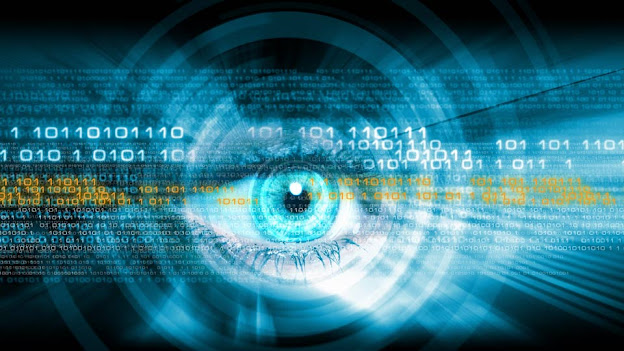Long term future of Artificial Intelligence
Artificial Intelligence is a vast field. In today's generation, AI makes it possible for machines to learn from experience, adjust to new inputs and perform human-like tasks.
Most AI examples that we hear about today - from chess playing computers to self-driving cars - rely heavily on deep learning and natural language processing.
In the AI-enabled future, humans will be able to converse and interact with each other in the native language of choice, not having to worry about miscommunication intentions. Machine learning models will be able to understand context, nuance, and colloquialisms that help to fill the gaps of human communication.
In addition to this, AI has various fields where one can think his/her future in it. One can easily secure hi/her future in AI by doing research in any of the fields given below:
1. GAMING
Practical AI for video game development involves applying algorithms, such as the Minimax algorithm, into machine learning in order to provide the technology with all of the information it needs to outsmart a human.
Strategic games such as chess, poker, tic-tac-toe, minesweeper, etc, where machine can think of large number of possible positions based on heuristic knowledge.
2. NATURAL lANGUAGE PROCESSING
Natural Language Processing (NLP) is a branch of artificial intelligence that deals with the interaction between computers and humans using the natural language.
The ultimate objective of NLP is to read, decipher, understand, and make sense of the human languages in a manner that is valuable.
In artificial intelligence, an expert system is a computer system that emulates the decision-making ability of a human expert.
Expert systems are designed to solve complex problems by reasoning through bodies of knowledge, represented mainly as if-then rules rather than through conventional procedural code. They provide explanation and advise to users.
4. COMPUTER VISION SYSTEMS
Computer vision is a field of artificial intelligence that trains computers to interpret and understand the visual world.
Machines can accurately identify and locate objects then react to what they “see” using digital images from cameras, videos, and deep learning models.
Speech recognition is one such technology that is empowered by AI to add convenience to its user.
This new technology has the power to convert voice messages to text. And it also has the ability to recognize an individual based on their voice command.
The handwriting recognition software reads the text written on the paper by pen.
It can also recognize the shapes of the letters and convert it into editable text.
It is a very vast on-going research field in artificial intelligence.
7. INTELLIGENT ROBOTS
Artificial intelligence (AI) and robotics are a powerful combination for automating tasks inside and outside of the factory setting.
In recent years, AI has become an increasingly common presence in robotic solutions, introducing flexibility and learning capabilities in previously rigid applications.
Intelligent robots have sensors to detect physical data from the real world such as light, heat, temperature, movement, sound and pressure.
They have efficient processors multiple sensors and huge memory.
They are also capable of learning from their mistakes and can adapt to new environment.








Comments
Post a Comment
If you have any doubts, please let me know